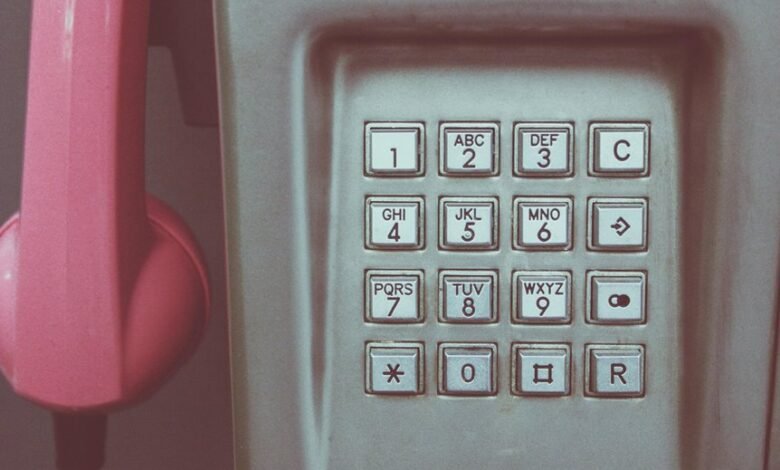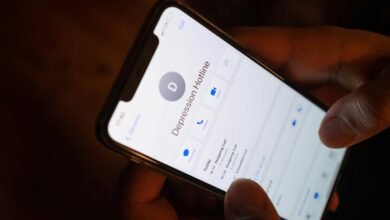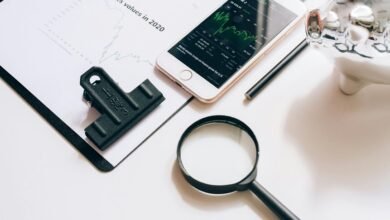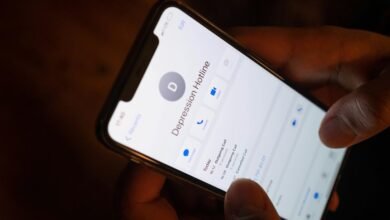Who Called Me From 5594572555, 5594615171, 5596507112, 5596507118, 5598313270, and 5614028224?

The phone numbers 5594572555, 5594615171, 5596507112, 5596507118, 5598313270, and 5614028224 have generated significant inquiries regarding their origins. Various sources suggest these calls may stem from legitimate businesses or potential telemarketers and scammers. Understanding the identity behind these numbers requires careful analysis and the implementation of protective measures. What strategies can be employed to safeguard against unwanted communications in today’s digital landscape?
Overview of the Numbers
The proliferation of telecommunication technologies has led to an increase in the volume of calls made and received, prompting a need for comprehensive analysis of the associated phone numbers.
Effective caller identification relies on precise number analysis to discern the legitimacy and origin of calls. This scrutiny aids individuals in reclaiming their communication autonomy, ensuring greater awareness of potential unwanted or suspicious interactions in an increasingly connected world.
Common Reasons for Receiving Calls From Unknown Numbers
Frequently, individuals receive calls from unknown numbers due to various factors that range from marketing efforts to fraudulent schemes.
Telemarketer scams utilize caller ID manipulation to disguise their true origin, aiming to exploit unsuspecting recipients.
Additionally, legitimate businesses may reach out for promotions or surveys, further contributing to the influx of unidentified calls.
Awareness of these motives can facilitate informed decision-making.
How to Protect Yourself From Unwanted Calls
Numerous strategies exist to safeguard oneself from unwanted calls, effectively minimizing disturbances and potential risks.
Implementing call blocking features available on most smartphones is crucial for enhancing phone privacy. Additionally, registering with national Do Not Call lists can reduce unsolicited contact.
Utilizing third-party apps designed for call screening further fortifies defenses, ensuring individuals maintain control over their communication channels and safeguard personal information.
Conclusion
In the labyrinthine world of telecommunication, the phone numbers 5594572555, 5594615171, 5596507112, 5596507118, 5598313270, and 5614028224 loom like shadows, casting uncertainty over unsuspecting recipients. Each call may harbor an insidious telemarketer or a cunning scam artist, ready to invade personal sanctuaries. By employing robust protective measures, individuals can erect formidable barriers against this relentless tide of unsolicited intrusions, safeguarding their communication realms from the cacophony of unwanted calls that threaten to engulf their peace.





